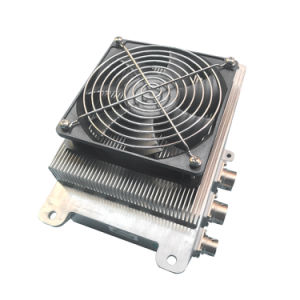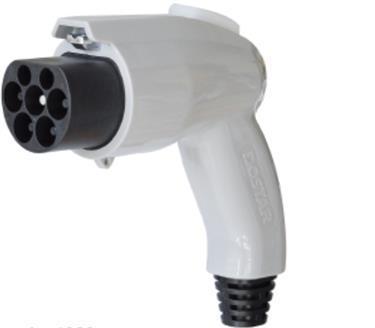Forklift Charging: The Forklift Charger Cable Retractor
When we think about forkllifts, it's often the powerhouse machines themselves that steal the spotlight. However, behind the scenes, there are several essential components that contribute to their efficiency and safety. One such unsung hero is the forklift charger cable retractor. In this blog, we'll shine a light on this often-overlooked device and explore its significance in the world of forklift charging.
What is a Forklift Charger Cable Retractor?
A forklift charger cable retractor, also known as a cable reel or cable winder, is a mechanical device designed to retract, manage, and store the charging cable used to charge forklift batteries. It is typically mounted to the ceiling or a wall in the charging station area. The primary purpose of this device is to:
Minimize Cable Hazards: By keeping the charging cable off the floor, cable retractors reduce tripping hazards and prevent damage to cables that can result from being driven over or caught under the wheels of a forklift.
Enhance Efficiency: Cable retractors enable easy access to the charging cable. Operators can extend the cable to connect it to the forklift's battery, and when charging is complete, the retractor automatically winds up the cable, keeping it tidy and ready for the next use.
Prolong Cable Life: Proper cable management prevents cable kinks, tangles, and wear and tear, thereby extending the lifespan of the charging cable.

Benefits of Forklift Charger Cable Retractors
Let's delve into some of the key benefits of incorporating cable retractors into your forklift charging station:
1. Safety
Safety should always be a top priority in the workplace. Cable retractors significantly reduce tripping hazards by keeping the cable off the floor. This is especially important in busy environments where forklifts and pedestrians share the same space. When cables are neatly retracted, it's easier for workers to navigate the charging area safely.
2. Time and Labor Savings
Cable retractors streamline the charging process. Operators no longer need to manually roll up or unroll charging cables, saving time and effort. This efficiency can lead to more productive operations, as forklifts are ready for use sooner.
3. Cable Protection
Cables that are left exposed on the floor or improperly stored can quickly degrade, leading to costly replacements. A cable retractor protects the cable from physical damage, ensuring it remains in good condition for an extended period.
4. Organization and Space Management
Cable retractors contribute to a well-organized charging station. The cables are neatly coiled and out of the way when not in use, which helps to optimize the use of space in your facility.

Considerations When Using Forklift Charger Cable Retractors
While cable retractors offer numerous advantages, there are a few factors to keep in mind:
Compatibility: Ensure that the cable retractor you choose is compatible with your forklift charging cables in terms of length, weight capacity, and connector types.
Maintenance: Regular maintenance is essential to keep cable retractors in good working condition. Periodically inspect the retractor for any signs of wear, damage, or malfunction.
Proper Installation: Professional installation of the cable retractor is crucial to ensure it functions correctly and safely.
In conclusion, the forklift charger cable retractor may not be in the spotlight, but it plays a vital role in enhancing safety, efficiency, and cable lifespan in forklift charging stations. It's an investment that not only protects your equipment but also contributes to a more organized and productive workplace. By incorporating cable retractors into your charging station, you'll be taking a significant step toward optimizing your forklift operations.
评论
发表评论